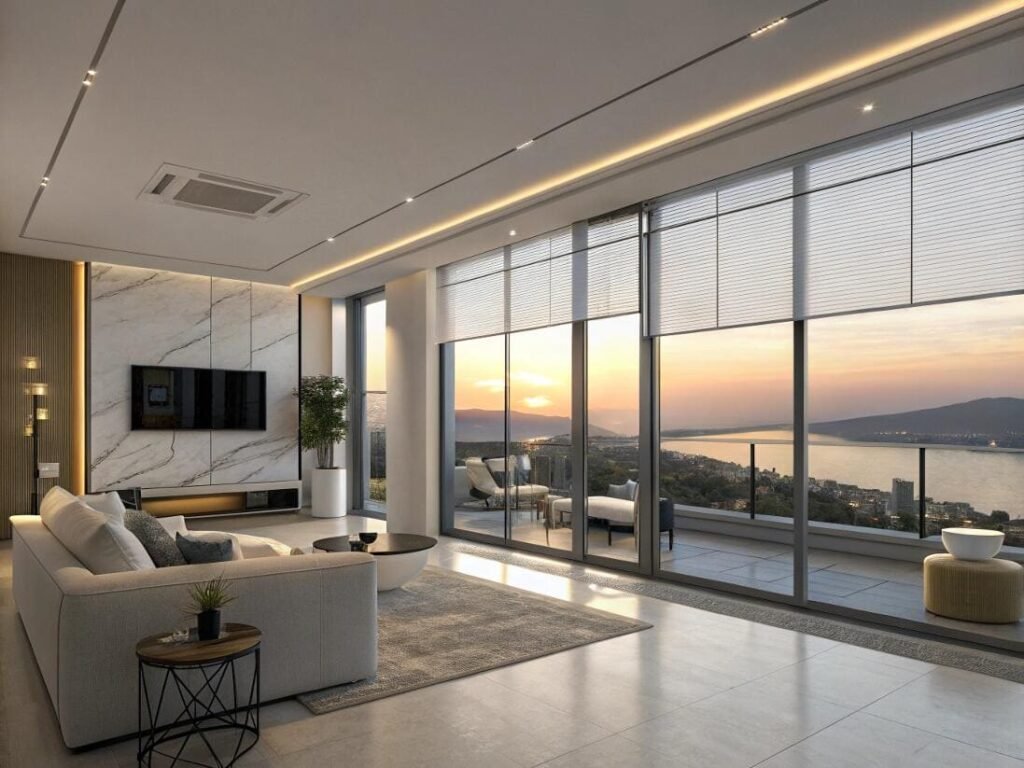If you're in the design or construction industry, you've likely heard the unsettling news: blinds are being discontinued. This sounds alarming, leading to urgent questions about project specs, client options, and future compliance. Is it true?
The short answer is yes, but it's specifically corded blinds that are being phased out. A new federal safety standard[^1], aimed at eliminating the risk of child strangulation[^2], has effectively banned the sale of most blinds with free-hanging cords. This isn't the end of blinds, but a mandatory evolution towards safer, cord-free designs[^3].
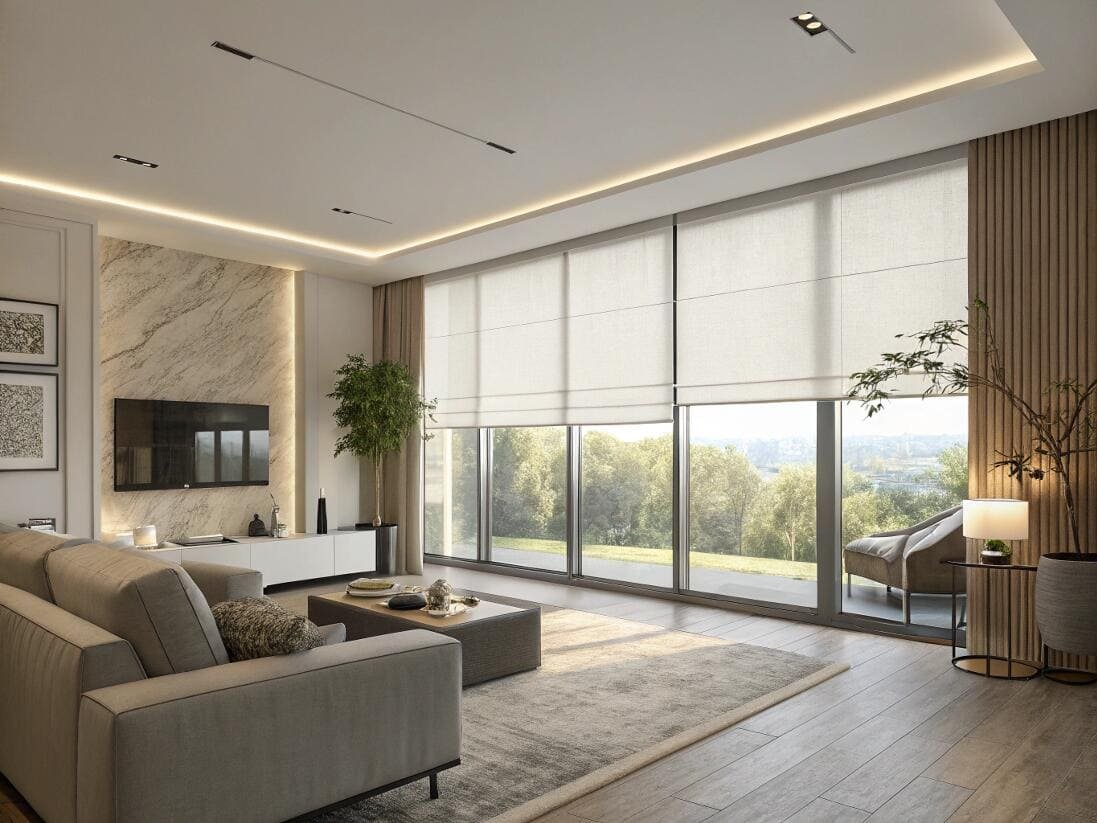
As a supplier, I can tell you this isn't just a regulatory headache; it's the biggest shift our industry has seen in decades. The new rules have essentially wiped the slate clean. They've removed the old, low-cost corded products that were the default for years. This creates a massive opening. The future market share belongs to whoever can provide the best compliant, cord-free alternatives. This regulation didn't just ban a product; it cleared the runway for safer, smarter systems to become the new standard.
What are the new regulations for blinds?
You need to know the exact rules to ensure your projects are compliant. Vague information isn't helpful when you're specifying products for a client.
The new regulation is the ANSI/WCMA A100.1-2022[^4] safety standard. It mandates that all "stock" blinds sold in the U.S. (the kind you buy off the shelf) must be cordless or have inaccessible or short, non-hazardous cords. "Custom" blinds have stricter rules, heavily favoring cordless or motorized operation.
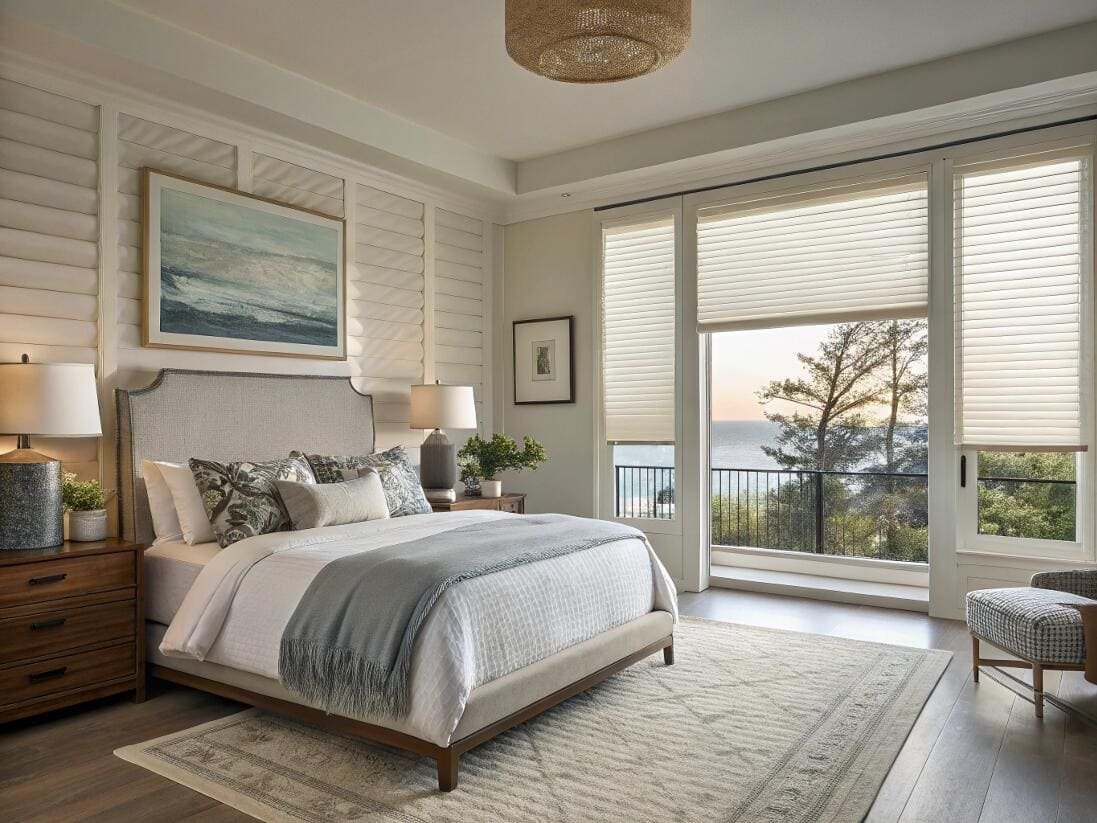
This standard became effective for manufacturing in June 2024, so we are fully in this new era. The key takeaway for professionals like my partner Emma is that the products you used to specify might not be available anymore. The rule effectively eliminates traditional cord locks, long pull cords, and any design that creates a hazardous loop. This forces the industry and your specifications towards one of three options: cordless manual systems, wand control systems, or motorized systems. For every new project, you now have to start with the assumption that the solution must be cord-free from the ground up.
How serious is the child-safety risk behind the ban?
You might wonder if this regulation is an overreaction. Is the risk from blind cords really serious enough to justify a nationwide ban that changes an entire industry?
The risk is tragically serious. According to the U.S. Consumer Product Safety Commission (CPSC), dangling blind cords are identified as one of a top five hidden hazards in the home. These cords have been responsible for the deaths or serious injury of hundreds of children, with incidents happening quickly and silently.
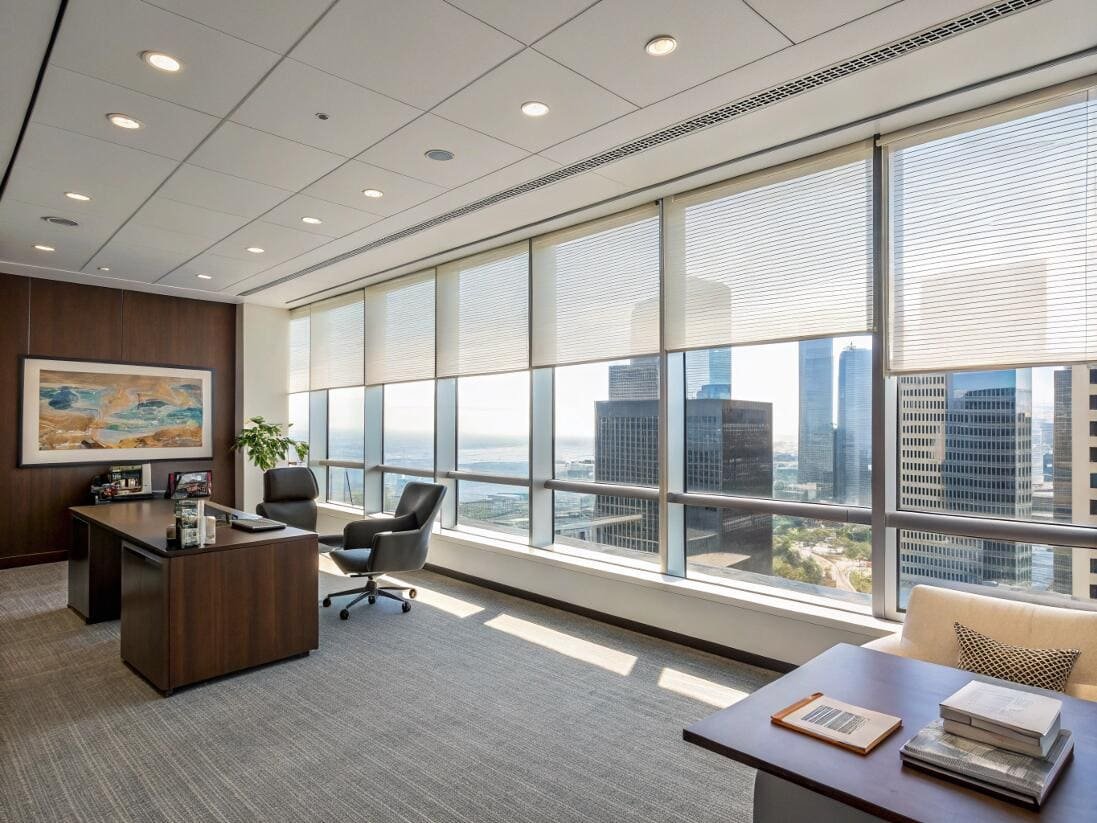
This isn't just about statistics; it's about preventing horrible, silent accidents. A child can become entangled in a cord loop in a matter of seconds, and often without making a sound. Even with parental supervision, the speed of these accidents makes them nearly impossible to prevent if the hazard exists. The CPSC has documented cases for decades, which is why the push for this mandatory standard was so strong. The industry's voluntary standards were not enough. This ban is a decisive action to remove a known, preventable danger from American homes for good, making safety the top priority.
What should I replace my blinds with?
With corded blinds[^5] off the table, you're left with a critical question: what are the alternatives? You need to know the compliant options[^6] to guide your clients effectively.
The market has quickly shifted to three main cord-free systems: cordless manual blinds[^7], wand-controlled blinds, and motorized smart blinds[^8]. Each offers a safe, compliant solution at different levels of convenience and price.
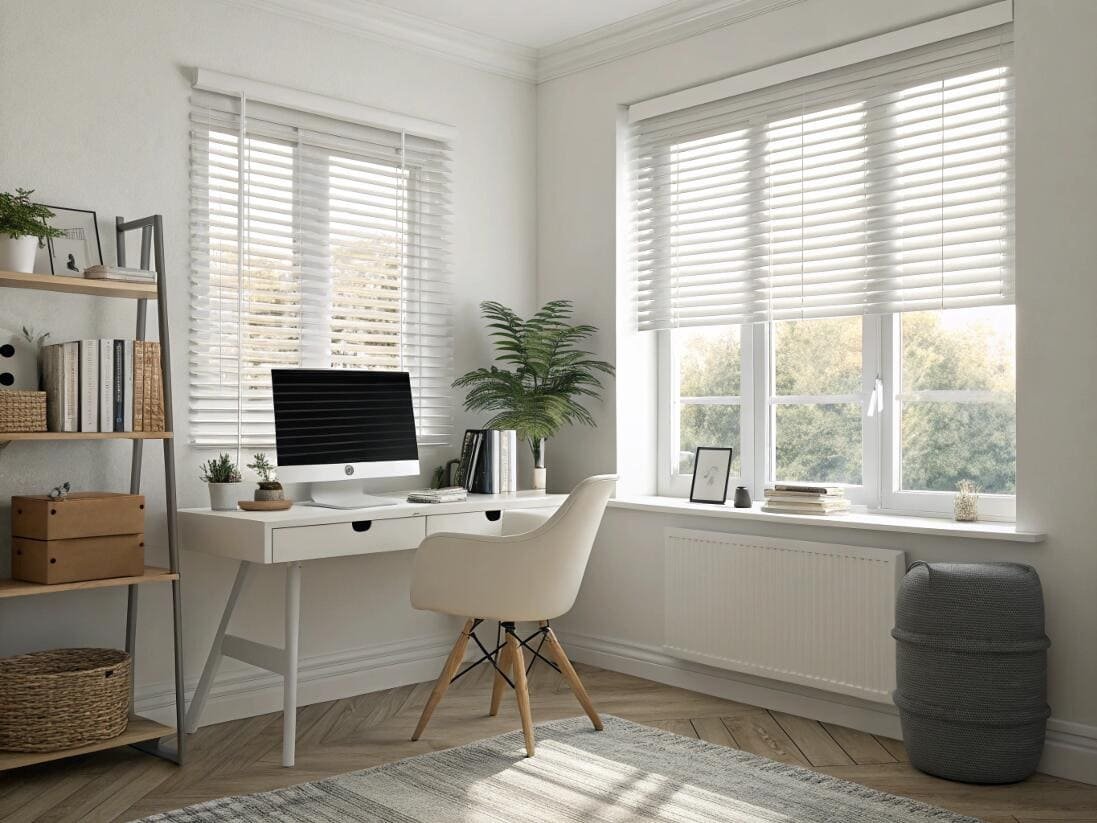
This is the conversation I have with designers every day now. Instead of choosing a color and then a lift system, we start by choosing the compliant system first. Here’s a quick breakdown of the primary replacements:
| Replacement Option | How It Works | Best For |
|---|---|---|
| Cordless Manual | A spring mechanism in the headrail allows you to lift and lower the blind by hand. | Basic applications where cost is a primary driver and windows are easily accessible. |
| Wand Control | A solid wand at the side of the blind is used to tilt slats and raise/lower the entire blind. | Situations that need tilt control, like Venetian blinds, and offers a simple mechanical operation. |
| Motorized (Smart) Blinds | A hidden motor, powered by battery or hardwiring, controls the blind via remote, app, or voice. | High-end projects, hard-to-reach windows, and achieving ultimate convenience and home automation. |
The answer to "Do people use blinds anymore?" is a definite yes. They just use safer, more modern versions.
Can existing corded blinds be retrofitted to meet code?
Your client has perfectly good, but now non-compliant, corded blinds. They're hoping to save money by retrofitting them instead of replacing them entirely.
Generally, no. For new sales and projects, retrofitting an old corded blind is not a compliant solution. While you can add safety devices[^9] like cord cleats to existing blinds for harm reduction, they do not meet the new standard required for products being sold today.
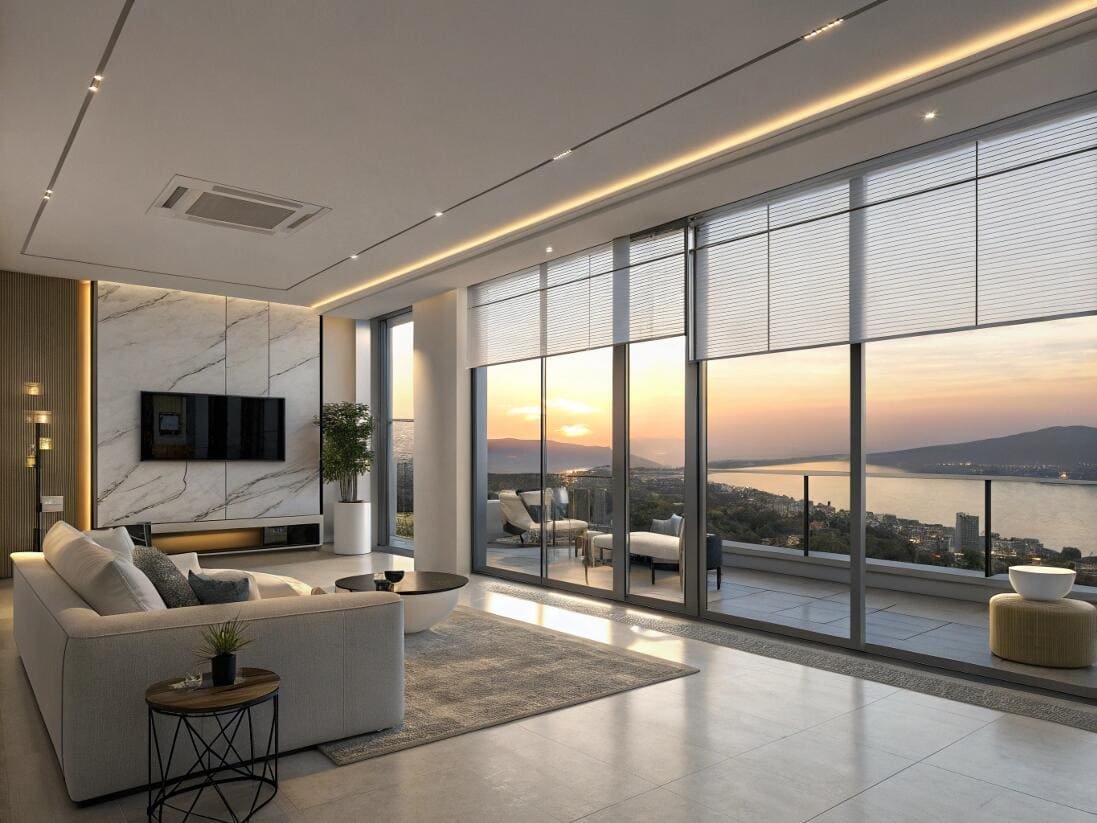
This is a tough conversation to have with a budget-conscious client. While you can make an existing blind safer with tensioners or cleats, you cannot make it compliant with the new ANSI/WCMA standard for resale or for new installations. The standard is designed to eliminate the hazard at the source, which means the product itself must be inherently cord-free. Trying to modify an old design is often unreliable and doesn't offer the certified safety of a new, purpose-built cordless product. For any professional project, the only path forward is to specify and install a new, fully compliant product.
How will the ban impact project budgets[^10] and timelines?
This is the bottom-line question for every project manager. How will this change affect your numbers and your schedule?
The ban will increase the base cost of window treatments, as cordless and motorized systems are more expensive than old corded ones. However, since the industry anticipated this, timelines should not be significantly impacted if you partner with a prepared supplier.
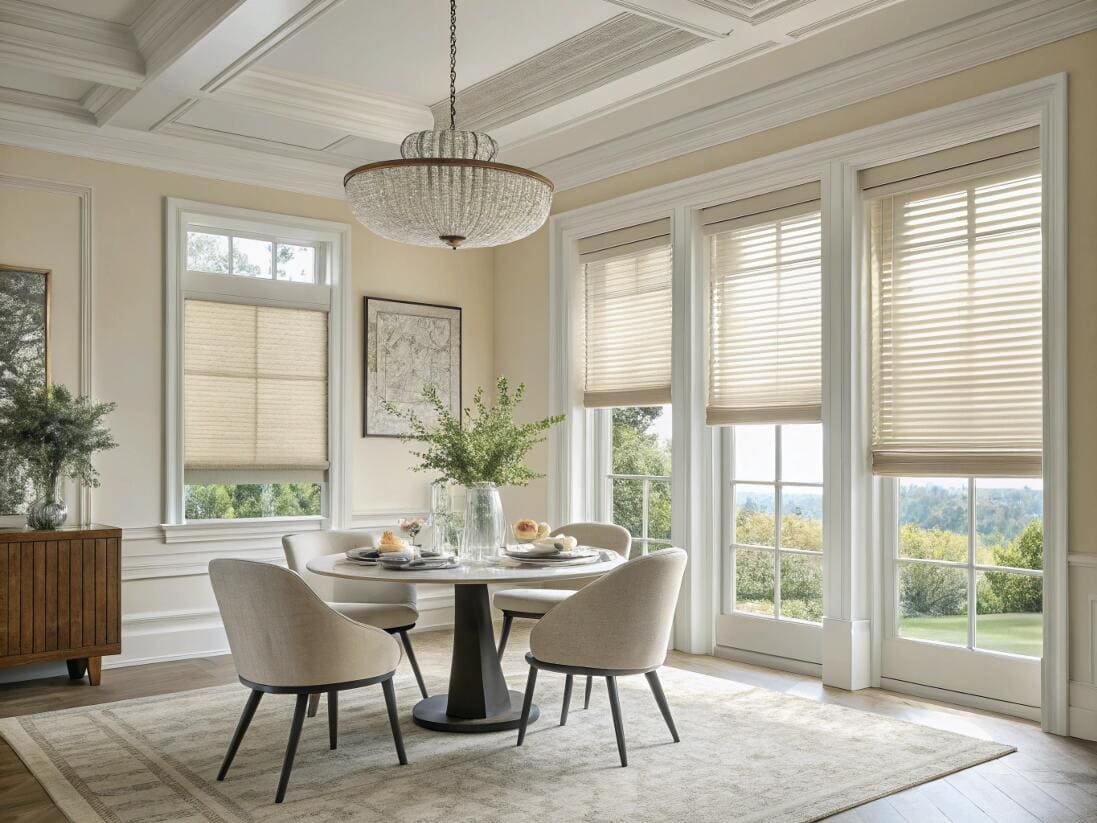
Let's be direct about the budget: the floor has been raised. The cheapest products are now illegal. This means the minimum investment for window coverings on any project has gone up. I encourage my partners to frame this not as an added cost, but as the new "cost of compliance" and a non-negotiable safety feature. On the timeline front, there's good news. Companies like VelaBlinds saw this change coming years ago and have already scaled up our production of compliant, motorized, and cordless systems. The supply chain is stable. As long as you are specifying currently available products, you should not see major delays.
What value do smart, cord-free systems add?
Since you have to upgrade from corded blinds anyway, what's the ultimate value proposition for your clients? Why should they go beyond basic cordless to a smart system?
Smart, cord-free systems are the ultimate upgrade. They offer the highest level of safety, unmatched convenience through automation, proven energy efficiency by managing solar heat gain, and a tangible increase in the home's modern appeal and resale value.
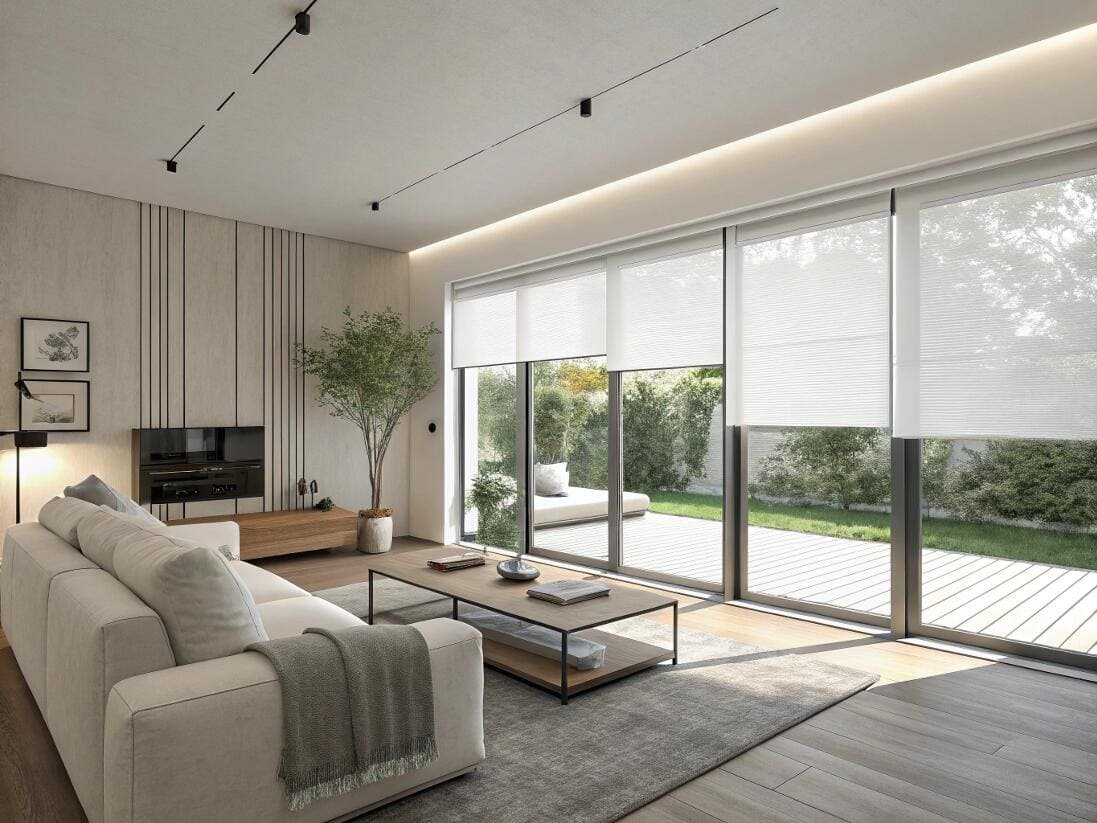
The safety regulation created a perfect opportunity to leapfrog old technology. Since a change is now mandatory, it makes sense to choose the best solution. Smart motorized blinds are not just a replacement; they're a massive improvement. For hard-to-reach windows, they are a necessity. For whole-home projects, they offer a level of seamless convenience that clients love. Scheduling blinds to close during the hottest part of the day saves real money on cooling bills. And in the real estate market, integrated smart home features are a powerful selling point. This ban has pushed the entire market towards the solution we've been perfecting for years: a safer, more convenient, and more valuable window treatment.
Conclusion
The "discontinuation" of corded blinds is not a crisis but a fundamental and positive industry reset. It's a move toward superior safety and opens the door for professionals to introduce clients to the significant benefits of modern cordless and smart shading solutions.
---
[^1]: Learn about the new regulations to ensure compliance and safety in your designs.
[^2]: Understanding the risks can help you advocate for safer alternatives in your projects.
[^3]: Explore the advantages of cord-free designs for safety and convenience.
[^4]: This standard is crucial for compliance; exploring it will help you stay updated.
[^5]: Understanding the reasons behind the phase-out can help you make informed decisions for your projects.
[^6]: Knowing compliant options is essential for ensuring safety and adherence to regulations.
[^7]: Discover the advantages of cordless manual blinds for safer and more accessible designs.
[^8]: Motorized smart blinds offer convenience and safety; learn how they can enhance your projects.
[^9]: Explore options for enhancing safety in existing window treatments.
[^10]: Learn how to adjust your budget expectations in light of new regulations.
Partner with VelaBlinds for Your Next Project
Smart window treatments shouldn't be complicated. After working with 500+ distributors and contractors worldwide, I've streamlined the process to get you quality products, competitive pricing, and reliable support - every time.
Why project professionals choose VelaBlinds:
- ✅ Fast, Accurate Quotes - Detailed specs and pricing within 24 hours
- ✅ Transparent Pricing - No hidden fees, volume discounts clearly outlined
- ✅ Quality Assurance - Direct partnerships with certified OEM manufacturers
- ✅ Project Support - Dedicated account manager from quote to delivery
Start your next project:
📧 Quick Quote: Send your requirements to info@velablinds.com
📱 Direct Contact: WhatsApp +86 137 2012 8317
🌐 Browse Solutions: https://velablinds.com/
📁 Product Resources: Access spec sheets, catalogs & project files
Paul Chen, Founder
"I built VelaBlinds to solve the real challenges I faced as a project buyer - long lead times, unclear specs, and unreliable suppliers. Let's discuss how we can power your projects with smarter blinds."
Serving distributors and contractors across North America, Europe, and Australia since 2018.

